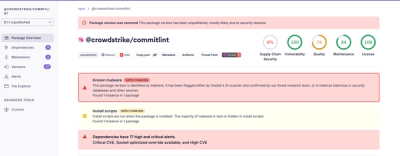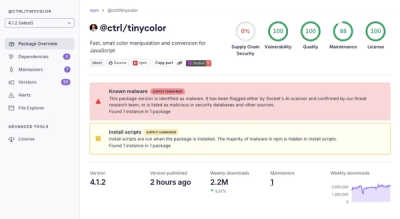Accelerated Pixel and Object Classifiers (APOC)







clesperanto meets scikit-learn to classify pixels and objects in images, on a GPU using OpenCL.
This repository contains the backend for python developers. User-friendly plugins for Fiji and napari can be found here:
For training classifiers from pairs of image and label-mask folders, please see
this notebook.

Object segmentation
With a given blobs image and a corresponding annotation...
import apoc
from skimage.io import imread, imshow
import pyclesperanto_prototype as cle
image = imread('blobs.tif')
imshow(image)

manual_annotations = imread('annotations.tif')
imshow(manual_annotations, vmin=0, vmax=3)

... objects can be segmented (see full example):
features = apoc.PredefinedFeatureSet.medium_quick.value
clf = apoc.ObjectSegmenter(opencl_filename='object_segmenter.cl', positive_class_identifier=2)
clf.train(features, manual_annotations, image)
segmentation_result = clf.predict(image=image)
cle.imshow(segmentation_result, labels=True)

Object classification
With a given annotation, blobs can also be classified according to their shape (see full example).
features = 'area,mean_max_distance_to_centroid_ratio,standard_deviation_intensity'
classifier = apoc.ObjectClassifier("object_classifier.cl")
classifier.train(features, segmentation_result, annotation, image)
classification_result = classifier.predict(segmentation_result, image)
cle.imshow(classification_result, labels=True)

Object selector
If the desired analysis goal is to select objects of a specific class, the object selector can be used (see full example).
features = 'area,mean_max_distance_to_centroid_ratio,standard_deviation_intensity'
cl_filename = "object_selector.cl"
apoc.erase_classifier(cl_filename)
classifier = apoc.ObjectSelector(cl_filename, positive_class_identifier=1)
classifier.train(features, labels, annotation, image)
result = classifier.predict(labels, image)
cle.imshow(result, labels=True)

Object merger
APOC also comes with a ObjectMerger allowing to train a classifier on label edges for deciding to merge them or to keep them.
(See full example)
feature_definition = "touch_portion mean_touch_intensity"
classifier_filename = "label_merger.cl"
apoc.erase_classifier(classifier_filename)
classifier = apoc.ObjectMerger(opencl_filename=classifier_filename)
classifier.train(features=feature_definition,
labels=oversegmented,
sparse_annotation=annotation,
image=background_subtracted)
merged_labels = classifier.predict(labels=oversegmented, image=background_subtracted)
cle.imshow(merged_labels, labels=True)

More detailed examples
Installation
You can install apoc using conda or pip:
conda install -c conda-forge apoc-backend
OR:
conda install pyopencl
pip install apoc
Mac-users please also install this:
conda install -c conda-forge ocl_icd_wrapper_apple
Linux users please also install this:
conda install -c conda-forge ocl-icd-system
Contributing
Contributions are very welcome. Tests can be run with pytest, please ensure
the coverage at least stays the same before you submit a pull request.
License
Distributed under the terms of the BSD-3 license,
"apoc" is free and open source software
Issues
If you encounter any problems, please open a thread on image.sc along with a detailed description and tag @haesleinhuepf.













